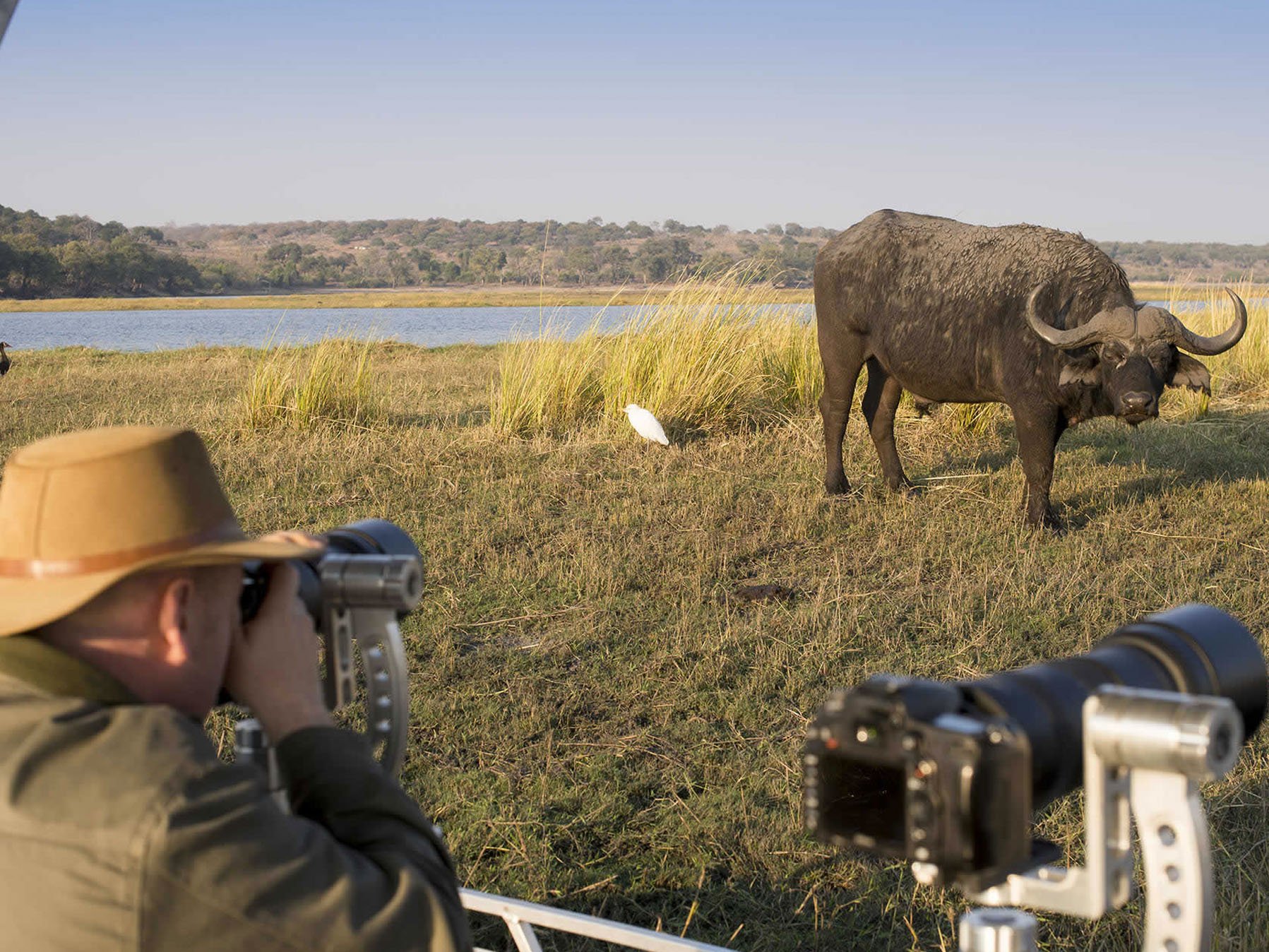Call / Chat: +255 768 670 133 | info@kishapuiadventure.com
Photography in Safari
Home > Photography in Safari

PHOTOGRAPHY ON SAFARI & MOUNTAIN CLIMBING/TREKKING IN TANZANIA
Welcome to Kishapui Africa Adventures! Capturing the awe-inspiring landscapes, diverse wildlife, and vibrant culture of Tanzania through photography is a rewarding experience. Whether you’re on a thrilling safari or trekking up majestic mountains like Kilimanjaro, here are some essential tips and guidelines to help you make the most of your photographic adventure.
- Essential Photography Gear
Cameras:
- DSLR or Mirrorless Camera: For high-quality images with more control over settings.
- Point-and-Shoot Camera: A compact option that’s easy to carry.
- Smartphone: Modern smartphones have excellent cameras and are convenient for quick shots.
Lenses:
- Telephoto Lens (70-300mm): Ideal for wildlife photography, allowing you to capture distant animals without disturbing them.
- Wide-Angle Lens (10-24mm): Perfect for capturing expansive landscapes and panoramic views.
- Standard Zoom Lens (24-70mm): Versatile for general photography, including portraits and mid-range shots.
Accessories:
- Tripod: Essential for stable shots, especially in low light or for long exposures.
- Extra Batteries and Memory Cards: Safeguard against running out of storage or power during your shoot.
- Lens Cleaning Kit: Keep your lenses clean from dust and moisture.
- Camera Bag: A durable, waterproof bag to protect your gear from the elements.
- Wildlife Photography Tips
Know Your Subject:
- Research the behavior and habitat of the animals you hope to photograph. Understanding their habits will help you anticipate their movements and capture better shots.
Patience and Timing:
- Wildlife photography often requires patience. Spend time observing the animals and waiting for the perfect moment.
- Early morning and late afternoon offer the best lighting and increased animal activity.
Composition and Focus:
- Use the rule of thirds to create balanced and visually appealing shots.
- Focus on the animal’s eyes to create a strong connection with the viewer.
- Pay attention to the background and ensure it doesn’t distract from the main subject.
Safety and Respect:
- Maintain a safe distance from wildlife. Use your telephoto lens to get close-up shots without disturbing the animals.
- Follow your guide’s instructions and respect park rules to ensure your safety and the well-being of the wildlife.
- Landscape Photography Tips
Golden Hours:
- Shoot during the golden hours (shortly after sunrise and before sunset) for soft, warm lighting and dramatic shadows.
Use a Tripod:
- A tripod is essential for capturing sharp images, especially in low light or when using long exposure times.
Include a Focal Point:
- Incorporate a focal point, such as a tree, rock formation, or mountain peak, to draw the viewer’s eye into the scene.
Experiment with Angles and Perspectives:
- Change your viewpoint by shooting from high and low angles to add interest to your photos.
- Use leading lines, such as trails, rivers, or ridges, to guide the viewer’s eye through the image.
- Mountain Climbing/Trekking Photography Tips
Capture the Journey:
- Document the entire journey, not just the summit. Capture the landscapes, the trail, your fellow trekkers, and the local culture.
- Take candid shots of the preparations, campsites, and interactions with locals.
Lighting and Weather:
- Be prepared for changing lighting conditions. Pack filters, such as polarizers, to manage glare and enhance colors.
- Weather can change rapidly on the mountains. Protect your gear with waterproof covers and be ready to adapt to new conditions.
Depth and Scale:
- Use foreground elements, like rocks or vegetation, to add depth to your images.
- Include people or recognizable objects to convey the scale of the landscape.
Night Photography:
- High-altitude locations often offer stunning night skies. Use a tripod and long exposure settings to capture star trails and the Milky Way.
- Ethical Photography Practices
Respect Local Culture:
- Always ask for permission before photographing people, especially in rural areas. Respect their wishes if they decline.
- Be sensitive to local customs and traditions.
Leave No Trace:
- Follow the principles of Leave No Trace. Don’t disturb the environment or wildlife for the sake of a photograph.
- Avoid using flash on animals, as it can startle and stress them.
Support Conservation:
- Choose tour operators and lodges that support conservation efforts.
- Share your images responsibly to raise awareness about the importance of preserving Tanzania’s natural beauty and wildlife.
- Post-Processing Tips
Editing Software:
- Use photo editing software like Adobe Lightroom or Photoshop to enhance your images.
- Adjust exposure, contrast, and colors to bring out the best in your shots.
Backup Your Photos:
- Regularly back up your photos to an external hard drive or cloud storage to prevent loss.
Organize and Share:
- Organize your photos by date and location for easy access.
- Share your best shots on social media or create a photo book to commemorate your adventure.
Capturing the beauty of Tanzania through photography is a rewarding and fulfilling experience. With the right gear, techniques, and ethical practices, you can create stunning images that tell the story of your adventure. At Kishapui Africa Adventures, we are committed to helping you make the most of your photographic journey.
Ready to Capture Your Tanzanian Adventure?
Explore our range of safari and trekking packages designed to offer you the best photographic opportunities. Book your adventure with Kishapui Africa Adventures today and let us guide you through the breathtaking landscapes and incredible wildlife of Tanzania.
Contact & Follow Us
- Write us a Review
- Kishapui Africa Adventures
- @kishapui_africa_adventures
- kishapuiadventure
- Kishapui Africa Adventures
- info@kishapuiadventure.com
- +255 768 670 133 / +255 753 293 231
- +255 768 670 133 / +255 753 293 231
- Arusha, Tanzania.



